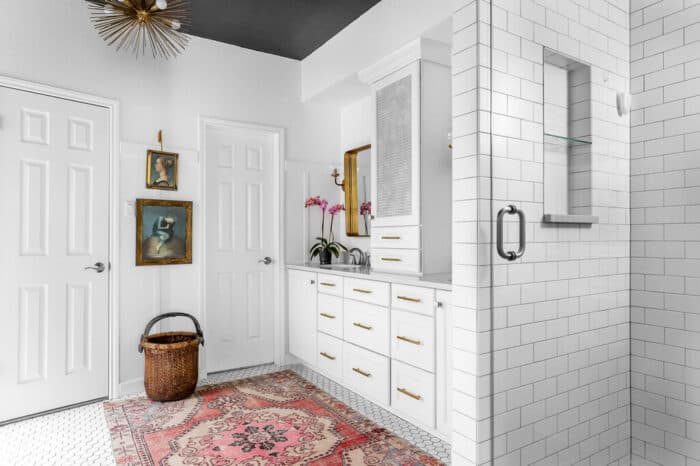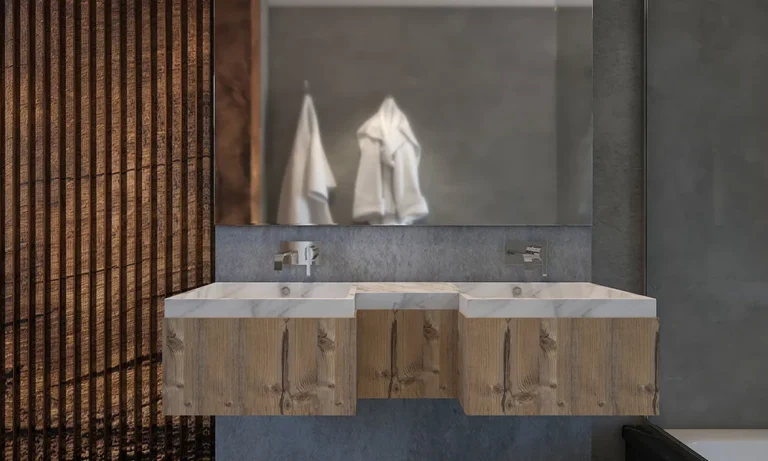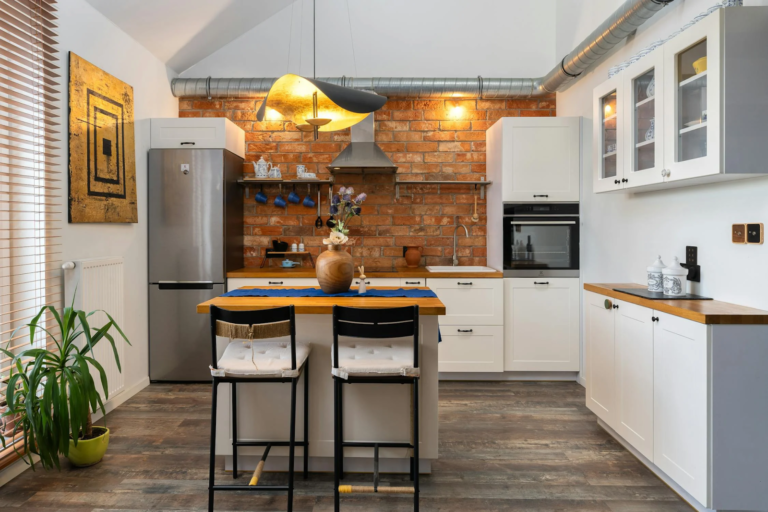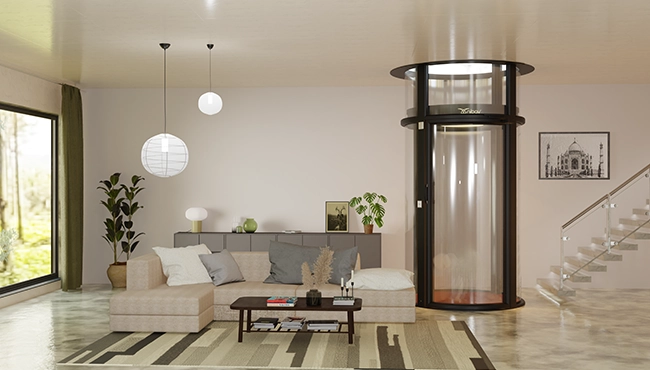
Selecting the right tiles for your bathroom is not just about aesthetics; it’s about creating a space that reflects your personal style while ensuring functionality and durability. With countless options available, the process can be overwhelming. However, this guide aims to simplify your decision-making process, ensuring your bathroom tiles are both beautiful and practical.
Understanding Tile Materials
The first step in choosing bathroom tiles is understanding the different materials available. Ceramic and porcelain tiles are popular choices due to their durability and water resistance, making them ideal for wet environments. Natural stone tiles, such as marble, granite, and slate, offer a luxurious look but require more maintenance. Glass tiles are another option, adding a reflective quality that can make small bathrooms appear larger.
Considering Tile Size and Shape
Tile size and shape can significantly impact the overall look and feel of your bathroom. Larger tiles can make a small bathroom feel more spacious, while smaller tiles are better suited for areas with more complex cuts or curves, such as shower floors. The shape of your tiles can also add visual interest; hexagons, chevrons, and Moroccan fish scales are popular shapes that add texture and pattern to your space.
Evaluating Color and Pattern
Color and pattern play crucial roles in setting the tone of your bathroom. Light-colored tiles can make a space feel airy and clean, while darker tiles create a cozy, intimate atmosphere. Consider using accent tiles to add pops of color or pattern without overwhelming the space. Additionally, think about the color of the grout, as it can either complement or contrast with your tiles, adding another layer of design.
Slip Resistance and Safety
Safety is paramount in a bathroom, so selecting tiles with slip resistance is essential, especially for shower floors. Look for tiles with a textured surface or those rated for slip resistance to ensure safety for all users. It’s also important to choose tiles that are easy to clean and resistant to mold and mildew, contributing to a healthier bathroom environment.
Considering Your Budget
Your budget will significantly influence your tile choices. Porcelain tiles tend to be more expensive than ceramic, but they’re also more durable and water-resistant. Natural stone tiles are at the higher end of the price spectrum, requiring a larger investment. It’s important to factor in not only the cost of the tiles but also the installation and maintenance over time.
DIY Bathroom Renovation Tips for Tile Selection
For those considering a DIY bathroom renovation, selecting the right tiles can make a significant difference in the project’s success. It’s crucial to measure your space accurately and consider the layout and cutting requirements. Additionally, ensure you have the right tools and materials for tile installation, and don’t hesitate to seek professional advice if needed.
Tiling Best Practices for a Stunning Bathroom
Following tiling best practices is essential for achieving a high-quality finish that lasts. This includes proper substrate preparation, selecting the right adhesive, ensuring waterproofing in wet areas, and meticulous grouting and sealing. Paying attention to these details can prevent future issues and ensure your bathroom tiles look great for years to come.
Maintenance and Longevity
Maintaining your bathroom tiles will extend their lifespan and keep them looking their best. Regular cleaning with non-abrasive products is essential to prevent staining and buildup of soap scum or mildew. For natural stone tiles, periodic sealing is necessary to maintain their resistance to moisture and staining. By following proper maintenance guidelines, your bathroom tiles will continue to add beauty and function to your home.
Incorporating Trends Wisely
While it’s tempting to embrace the latest tile trends, it’s important to consider the longevity of your design choices. Trends can change quickly, and opting for a very trendy tile may mean your bathroom feels outdated in a few years. Instead, consider incorporating trends through easily changeable elements like accent tiles or decor, keeping the more permanent features classic and timeless.
Choosing the right tiles for your bathroom involves considering various factors, including material, size, color, safety, and budget. By understanding your options and following best practices for tile selection and installation, you can create a bathroom that combines style, durability, and functionality. Remember to consider the longevity of your choices.







